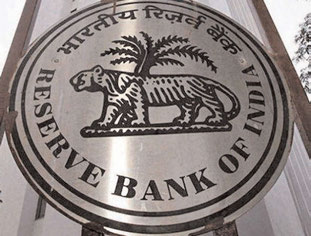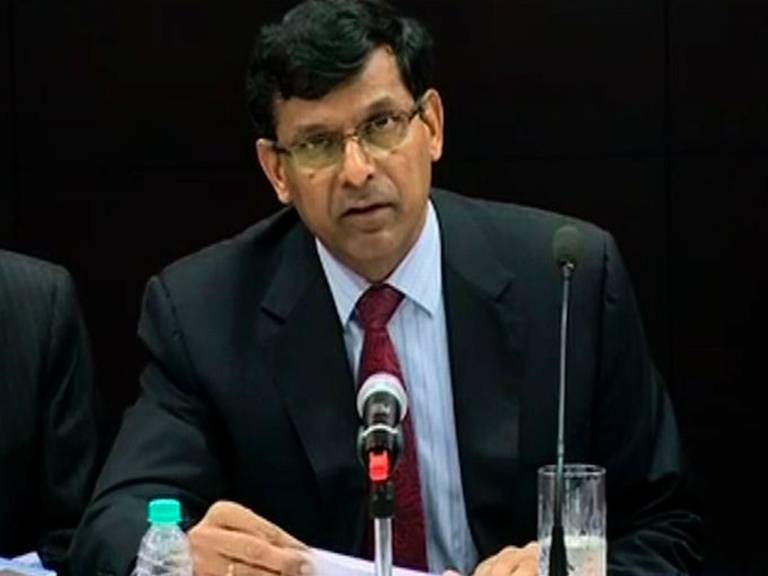
MUMBAI (TIP): The Reserve Bank of India (RBI) left policy rates unchanged at its final monetary policy review for 2015, even as it confirmed that an economic recovery was on, and appears “sustainable”.
The central bank’s views on the economy come a day after the government released data that showed that gross domestic product (GDP) in the second quarter of 2015-16 expanded at the rate of 7.4% on the back of a pick-up in investment demand.
Following review, the benchmark repo rate, or the rate at which RBI lends money to banks, remains unchanged at 6.75%. Since January, RBI has cut rates by 125 basis points. One basis point is one-hundredth of a percentage point.
The cash reserve ratio (CRR), or the portion of a bank’s deposits that has to be maintained in cash with RBI, stands unchanged at 4%. The statutory liquidity ratio (SLR), which is the amount that banks hold in government bonds, also remains steady at 21.5%.
All 10 analysts polled by Mint expected a status quo policy.
The RBI’s last review of 2015 capped a year in which interest rates have seen the steepest reduction since the global financial crisis.
Will there be more rate cuts?
RBI governor Raghuram Rajan indicated that this depends on the effects of the Seventh Pay Commission recommendations on the government’s fiscal math and inflation remaining low.
Most economists do not expect any more easing until the Union Budget in February.
RBI’s view that the economy is in the “midst of a recovery” could also reduce urgency for more monetary stimulus, they point out.
The RBI itself gave few hints of further rate cuts except to say that the central bank remains
“accommodative” in its stance.
“The Reserve Bank will use the space for further accommodation, when available, while keeping the economy anchored to the projected disinflation path that should take inflation down to 5% by March 2017,” the central bank said in its statement.
“Today’s policy undertone has leaned towards the neutral-to-dovish side. The governor’s indication of being accommodative sends a positive signal for the Indian economy,” said Arundhati Bhattacharya, chairperson of State Bank of India, in an emailed statement.
Others differed. The bar for further rate cuts, though not impossible, is high, said Pranjul Bhandari, chief India economist at HSBC.
In its policy statement, RBI said there was a downside bias to its retail inflation forecast of 5.8% by January 2016, while adding it will track developments on commodity prices, household inflation expectations and the impact of the Seventh Pay Commission proposals closely.
The central bank, however, said it expects that the direct impact of the pay commission report on aggregate demand in the economy to be offset by the government’s plan to reduce its fiscal deficit to 3.5% next year.
“I am hoping that the government is able to maintain and enhance the quality of the budget. We don’t feel there would be a significant effect on aggregate demand so long as the government maintains its fiscal path,” said Rajan in a press conference after the policy announcement.
In a conference call with analysts, Rajan said RBI may look through the “technical” impact of higher house rent allowance (HRA) built into the pay commission recommendations unless it has a broader impact on the rental market.
House rents are a component of the consumer price inflation (CPI) index.
The markets saw these statements as dovish.
“While the status quo was as expected, comments by the governor have been rather dovish on inflation,” said Jayesh Mehta, country treasurer, Bank of America-Merrill Lynch (BofA-ML).
Bond yields eased and the 10-year benchmark yield ended 6 basis points (bps) lower at 7.72% on Tuesday. The rupee closed 0.26% stronger at 66.49/$.
Equity markets ended flat. The benchmark BSE Sensex closed at 26,169, up 23 points or 0.09%.
The conclusion: there may be some more monetary easing in 2016, especially if inflation stays low and government presents a tight Union Budget in February.





Be the first to comment